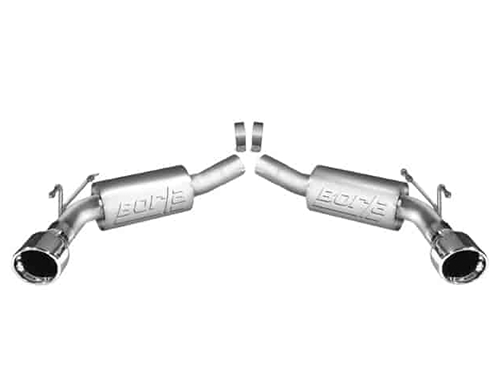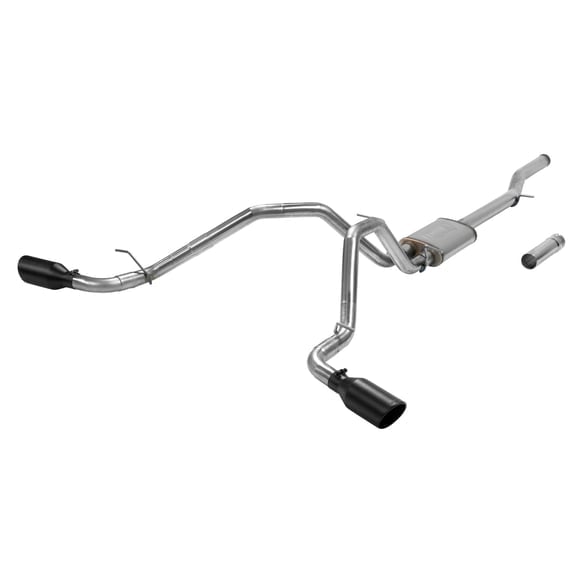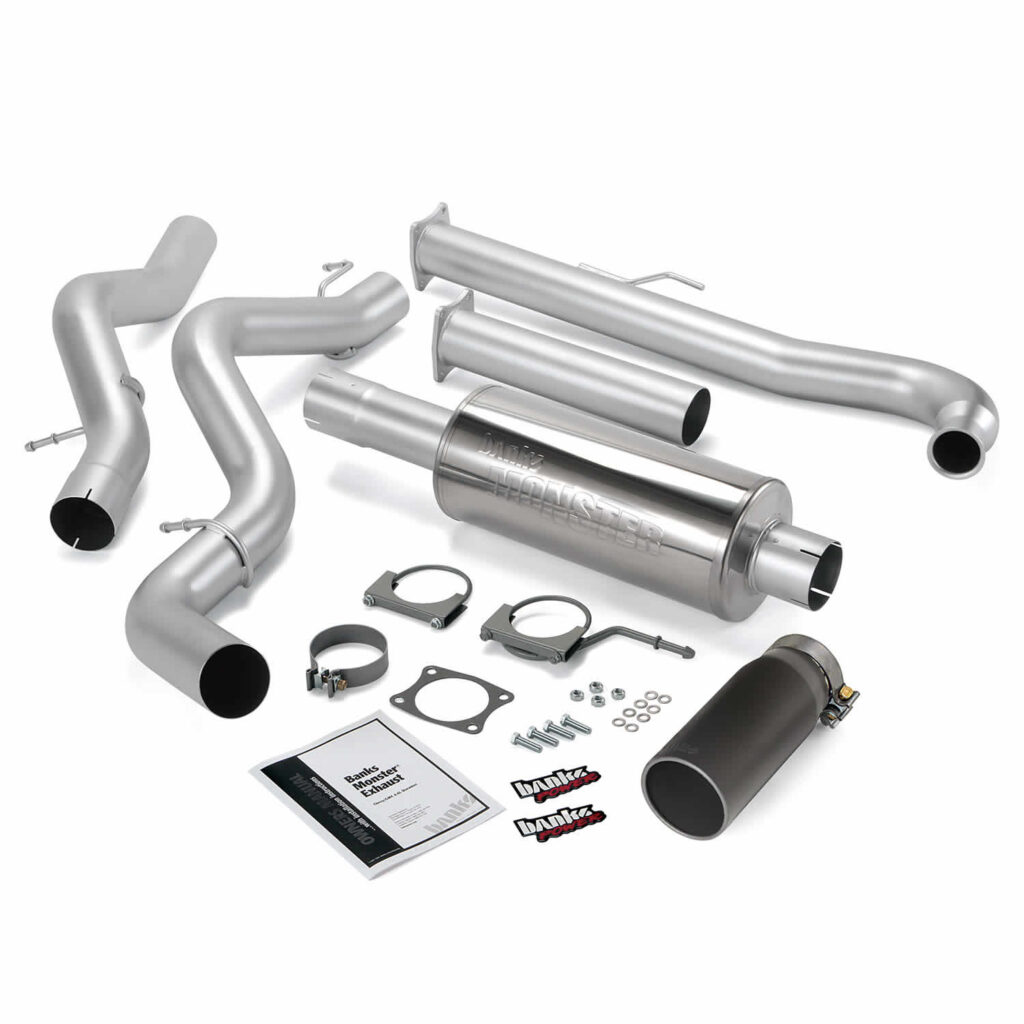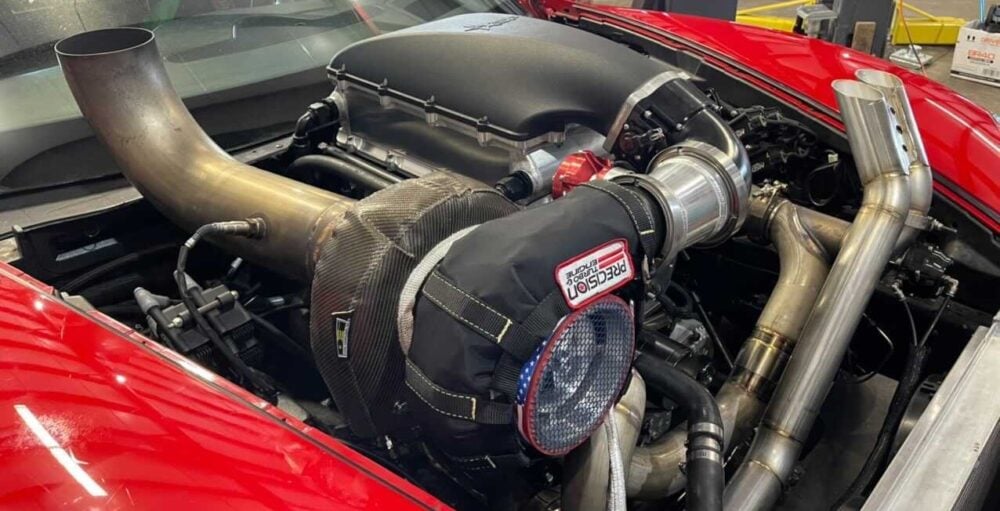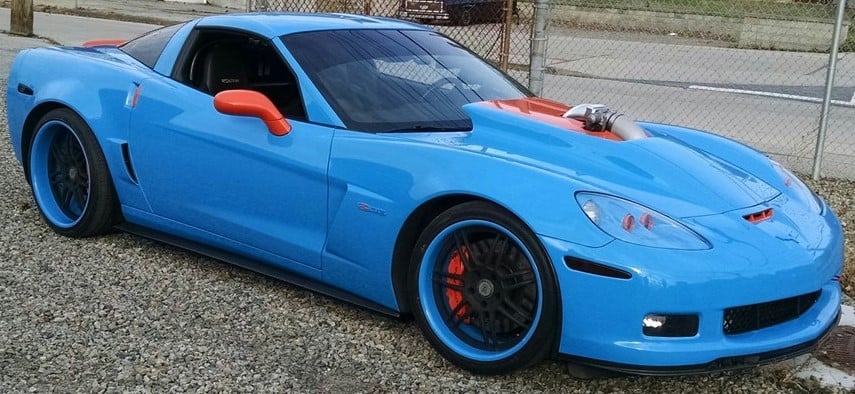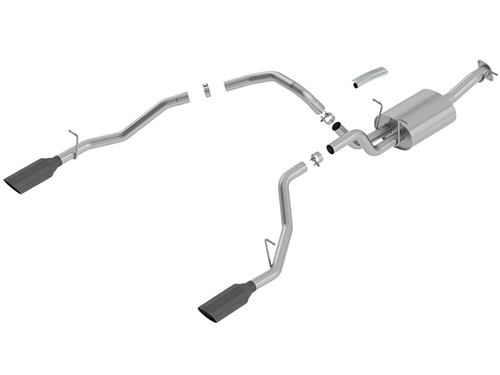
A lot of people consider cars more than just a means of transport. For many, cars show their personality. This is why so many people upgrade and modify their cars to their liking. Because of this, the aftermarket is full of modifications such as suspension, wheels, tires, body kits, and much more.
In this guide, we’ll cover one of the underrated modifications done to cars - the aftermarket exhaust system. You’ll find out what an aftermarket exhaust system is, what are the exhaust system parts, and why you should choose an aftermarket exhaust system compared to a stock exhaust system.
What is an Aftermarket Exhaust System?
An aftermarket exhaust system isn’t just a muffler or an exhaust tip. It includes exhaust system parts such as the exhaust manifold, pipes, mufflers, catalytic converters, and everything between the engine and the exhaust tip.
An after market exhaust system is different from a stock system. Although it does the same job, aftermarket exhausts usually provide better exhaust flow, thus increasing the car’s performance abilities, and altering its sound. The sound itself is a big enough reason for many people to consider changing certain parts of a exhaust system, but the biggest reason for using an aftermarket exhaust in your car is to let it breathe better.
Components of Aftermarket Exhaust Systems
Key exhaust system parts include:
Depending on the year, make, and model of your car, certain parts from the list may be absent from your car, but most commonly, you’ll find these parts under your car.
Aftermarket Exhaust Systems vs Stock Exhaust Systems
When it comes to the difference between an aftermarket exhaust and a stock exhaust system, the exhaust system parts are usually the same, however, they’re made differently to improve exhaust flow.
Stock exhaust systems are made to reduce as much noise as possible coming from a car’s exhaust. Without an exhaust system, a car, no matter how large or small the engine might be, would be unbearable to drive from the noise it would emit. The stock exhaust system reduces this sound as much as possible, but by doing so, it also restricts the exhaust flow, limiting the total power output of the engine.
Aftermarket exhausts, on the other hand, focus on providing better flow throughout the entire system. Noise-canceling isn’t the main thing with aftermarket exhaust systems, which is why they’re usually louder but have a specific rumble they emit that enthusiasts usually enjoy hearing.
The key differences between stock and aftermarket exhaust systems are:
- Pipe diameter - a key difference because a larger diameter used in aftermarket exhaust systems allows more air to flow through them.
- Bending technique - most stock exhausts use crush bending. It’s the most affordable technique, which is why most car manufacturers still use it, however, this technique lessens the diameter of the tubing on the bend, and decreases the performance capabilities of a car. In aftermarket exhaust systems, the bending technique used is called mandrel bending which doesn’t restrict flow and doesn’t change the diameter of the tubes.
- Materials used in manufacturing - aftermarket exhaust systems are made from higher quality materials than stock exhaust systems. The material used in manufacturing parts of a exhaust system directly affects its performance capabilities. This is why stainless steel is most commonly used for performance and aftermarket exhaust systems. Because of the unrestricted flow, installing a performance exhaust can also improve fuel economy.
Why You Should Choose an Aftermarket Exhaust System
Although aftermarket exhaust systems cost more than stock ones, there are a couple of advantages you should consider.
Compared to stock parts of an exhaust system, aftermarket parts are usually made from higher quality materials such as stainless steel. The materials used are commonly resistant to corrosion, and heat. Better materials mean more longevity for the parts, and looking at it in the long run, aftermarket exhaust systems are a worthy investment compared to stock parts that are made from lower-quality materials.
Another reason for choosing aftermarket exhaust system parts is the sound they can produce. As we already mentioned, stock exhaust systems reduce the noise by limiting exhaust flow, but when the pipe diameter is larger, a deeper, more sporty sound is emitted from the exhaust. Depending on the muffler, the noise difference can be minimal, but with better flow altogether.
Even adding a few aftermarket exhaust system parts can add a few horsepower and increase torque, which is more noticeable if you already modified the engine in any way.
Lastly, an aftermarket exhaust can increase fuel economy, which may not be a significant difference right away, but after a few thousand miles, you’ll notice a few extra dollars in your wallet.
How To Choose an Aftermarket Exhaust System
Before choosing an aftermarket exhaust system for your car, you should gather enough information about what kind of exhaust system you need. Some cars have a single exhaust, some have dual exhausts. Choosing the material is also a key factor, not just because it affects how long the exhaust is going to last, but the price as well. The most expensive option is stainless steel, however, this material is resistant to corrosion, so if you live in a snowy or rainy area, this should be your top choice.
Another thing to consider is whether you need a full exhaust system or a partial one. One of the more popular options is choosing a catback exhaust which starts right after the catalytic converter. It’s easy to install and doesn’t cost as much as a full exhaust system. It will still give you a noticeable performance increase and will give your car the sound to turn heads.
Exhaust systems are an important component in any car, and whether you choose an aftermarket system, or a stock one, you can find a wide variety of exhaust parts at JEGS. You’ll find brands such as Mishimoto, JEGS, Borla, Flowtech, and many others that cover a variety of makes and models.
